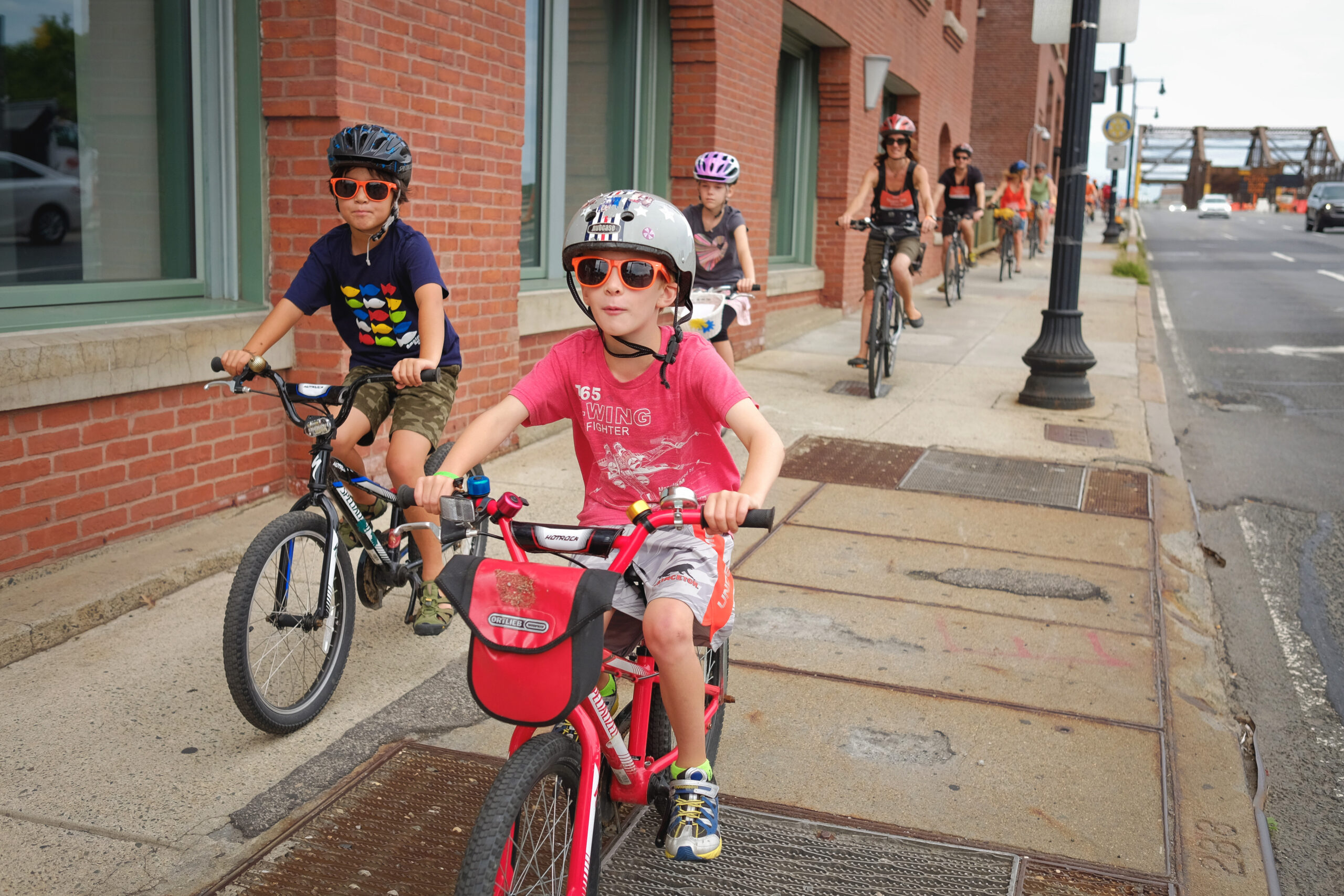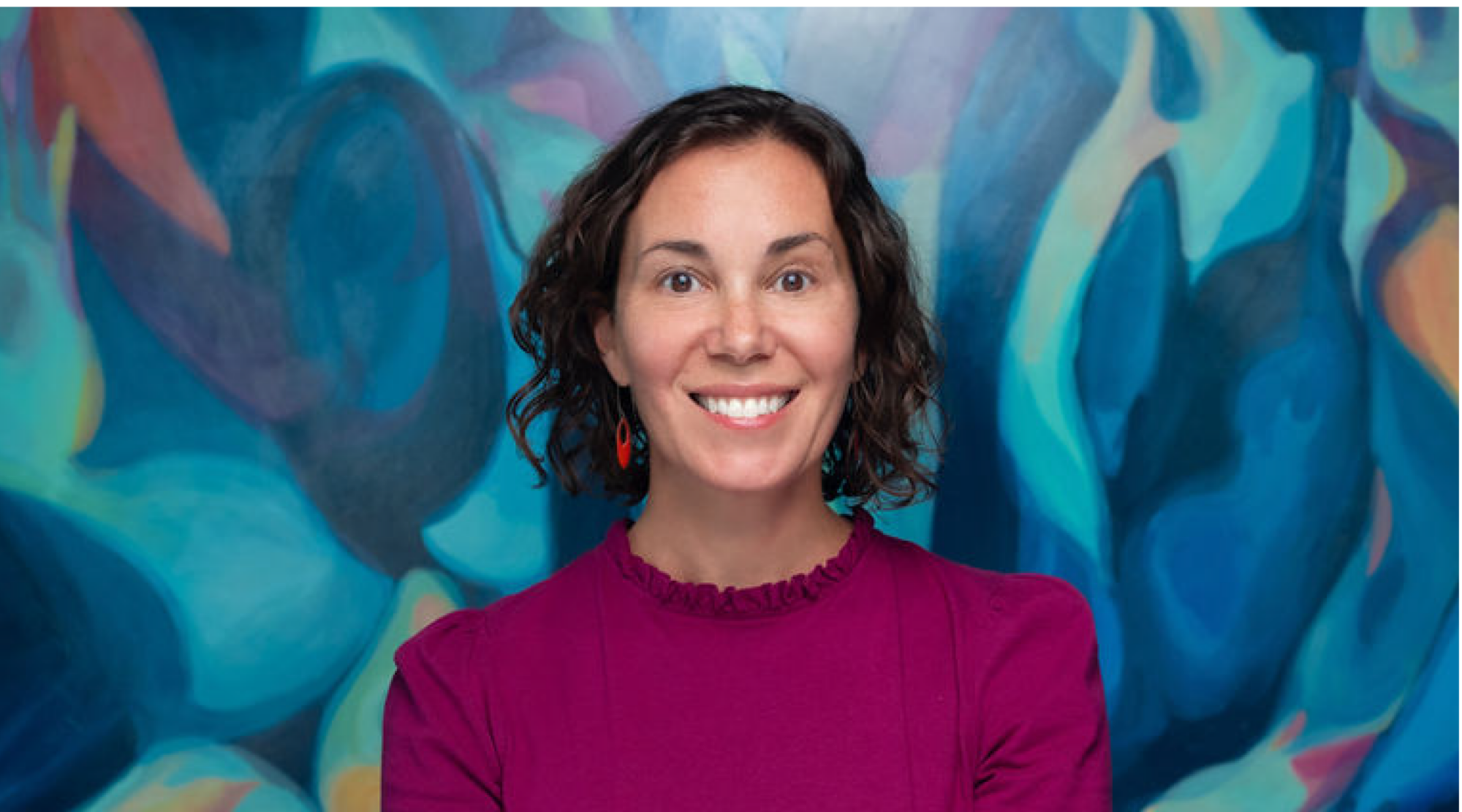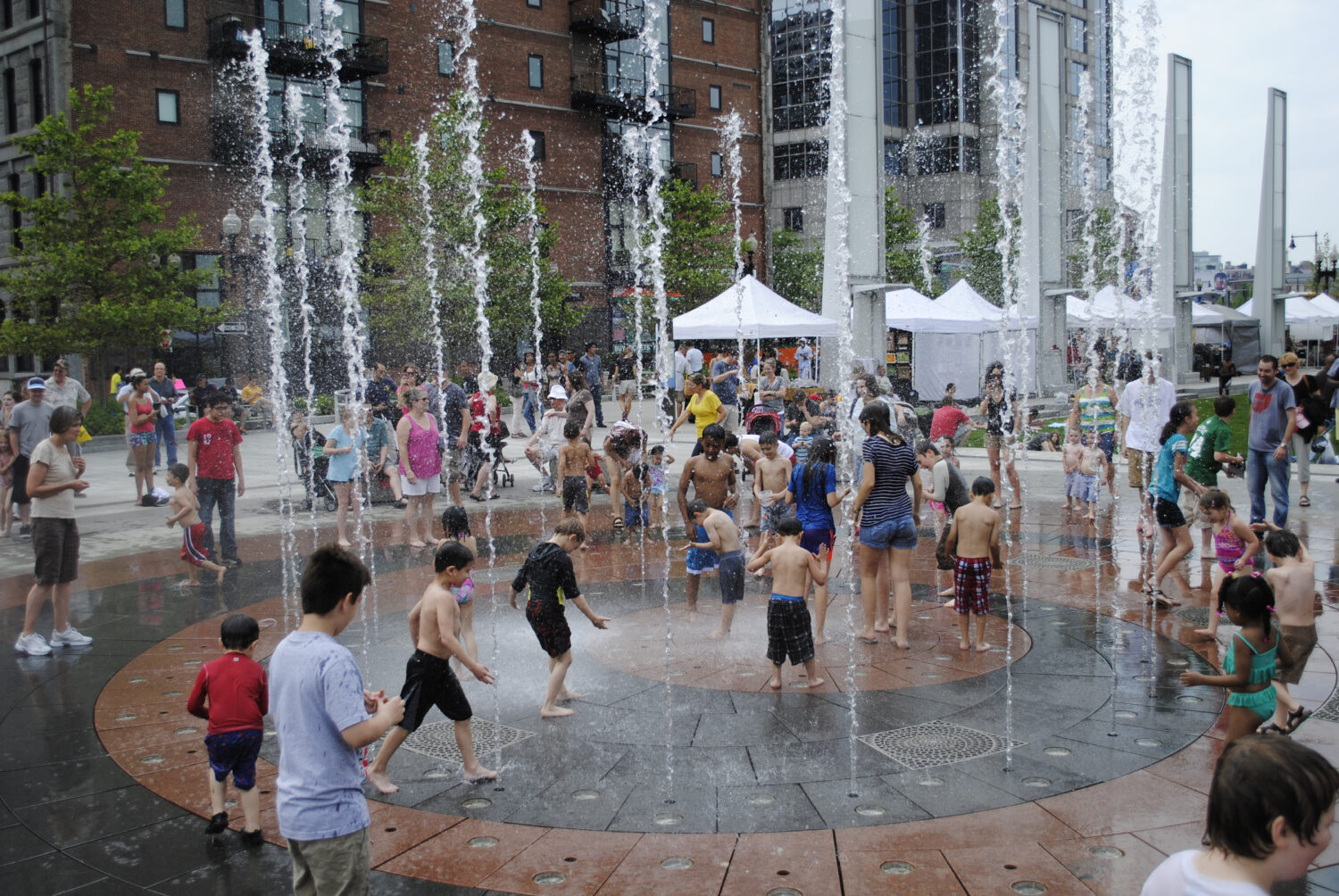What first got you interested in mobility?
Transportation is really interesting to me because it is a system that almost everyone relies on every day. There are so many intricacies working behind the scenes to make the system run and move people to where they need to go. These systems are fascinating to me.
You are a big proponent of community engagement and input in transportation planning. Why is that so important?
Most people don’t give much thought to the technical details of transportation. But everyone is an expert in their own experience—they walk, bike, drive, get a ride, and/or ride transit. Community members are the ones experiencing the system firsthand. And that is why community perspectives hold such value to technical experts.
Are there times when engagement is unhelpful?
I wouldn’t say unhelpful. But there are many aspects of transportation planning that are not intuitive—when what seems like the obvious solution can actually make things worse. One example is traffic. Often, the solution people advocate for to address congestion is to build more lanes on a road. But, if you actually look at the data, that doesn’t work. If there is free space, traffic might improve in the short term. But long term, that space gets filled in by even more traffic. The technical term for this is “induced demand.” It’s not unlike what happens when people loosens their belt buckles. It gives them more room to fill.
So, on the one hand, community engagement is a critical tool for transportation planners to understand how the public thinks. Yet, at its best, community engagement is a two-way conversation. With effective engagement, planners can also help community members understand the effects of certain planning decisions that are commonly misunderstood.
What’s the most fun, creative community engagement tactic you’ve used? Was it effective? And why?
When the city of Fayetteville, Arkansas, was undergoing a transportation planning process, a team of us used a popsicle tricycle to solicit community input. We traded popsicles for ideas and visited a wide range of places within the city, including senior citizen centers, little league baseball games, farmers’ markets, libraries, and popular restaurants. Instead of asking community members to attend a meeting in a location and time of our choice, we brought the meeting to them. I think this was effective because people appreciate being asked what they think, especially if you are willing to meet them where they are and really listen to their ideas.
Are there other techniques you’ve heard about that you’ve always wanted to try?
It’s very illuminating to show rather than tell how walkable communities or transportation systems could look in the future. I’ve participated in several “pop-up” projects in which temporary changes are made to the built environment, such as an added bike lane, intersection redesign, or parklet (see the Pop-up Plaza that recently appeared in Boston’s Downtown Crossing). But often, because of certain regulations, capacity, or materials, these projects are limited in how long they can last. I would love to implement longer-term pilots in which we could evaluate behavior change and other effects resulting from pop-up infrastructure.
The Mobility portfolio has two main strategies, which we summarize as “smarter travel” and “smarter places.”Can you describe why smarter places is part of the Mobility strategy?
We talk about better, more reliable transit service all the time. But the places that people connect to at the beginnings, middles, and ends of their trips are just as important as how they get to those places. Once you get off the bus or exit the train, what can you see, what can you do, where can you get to by foot? Having amenities throughout one’s trip and a pleasant walking environment reduces the need to get in a car and drive. And that gives people the option to live car-free (or “car-light”) if they want to. Having more and more connected, smarter places like that will be key to reaching our climate goals. Tweet This
You worked at Smart Growth America’s National Complete Streets Coalition in Washington, D.C. Massachusetts recently embarked on its Complete Streets program. What are the potential benefits?
The most important data point for old-school planning was vehicle “throughput”—the maximum number of cars and trucks that can move on a road. Now communities are thinking differently. Their starting point is to design streets for people, not cars. And their criteria for a well-designed street is that it provide safety, efficiency, and even enjoyment no matter whether people travel by car, by bike, or by foot. A street that successfully balances all of these needs is what Smart Growth America considers a “Complete Street.” MassDOT’s Complete Streets program provides a framework to help communities prioritize how they will use their streets with limited space. If done well, a Complete Streets approach can improve the traveling experience, boost the local economy, and support people to live healthier, more active lives.
Tell us about your new commute—what’s working well? And what would make it better?
My new commute is very multi-modal. I ride my bike to the MBTA, travel under the Boston Harbor on the Blue Line, and then have the option to either take a Hubway bike or walk the rest of the way to the office. My commute is great. But, being in the tunnel, I’m missing the views of Boston and the skyline. I’d love to be above ground, maybe on a ferry—or even a bike-powered ferry(!)—to enjoy the fresh air and city views.




